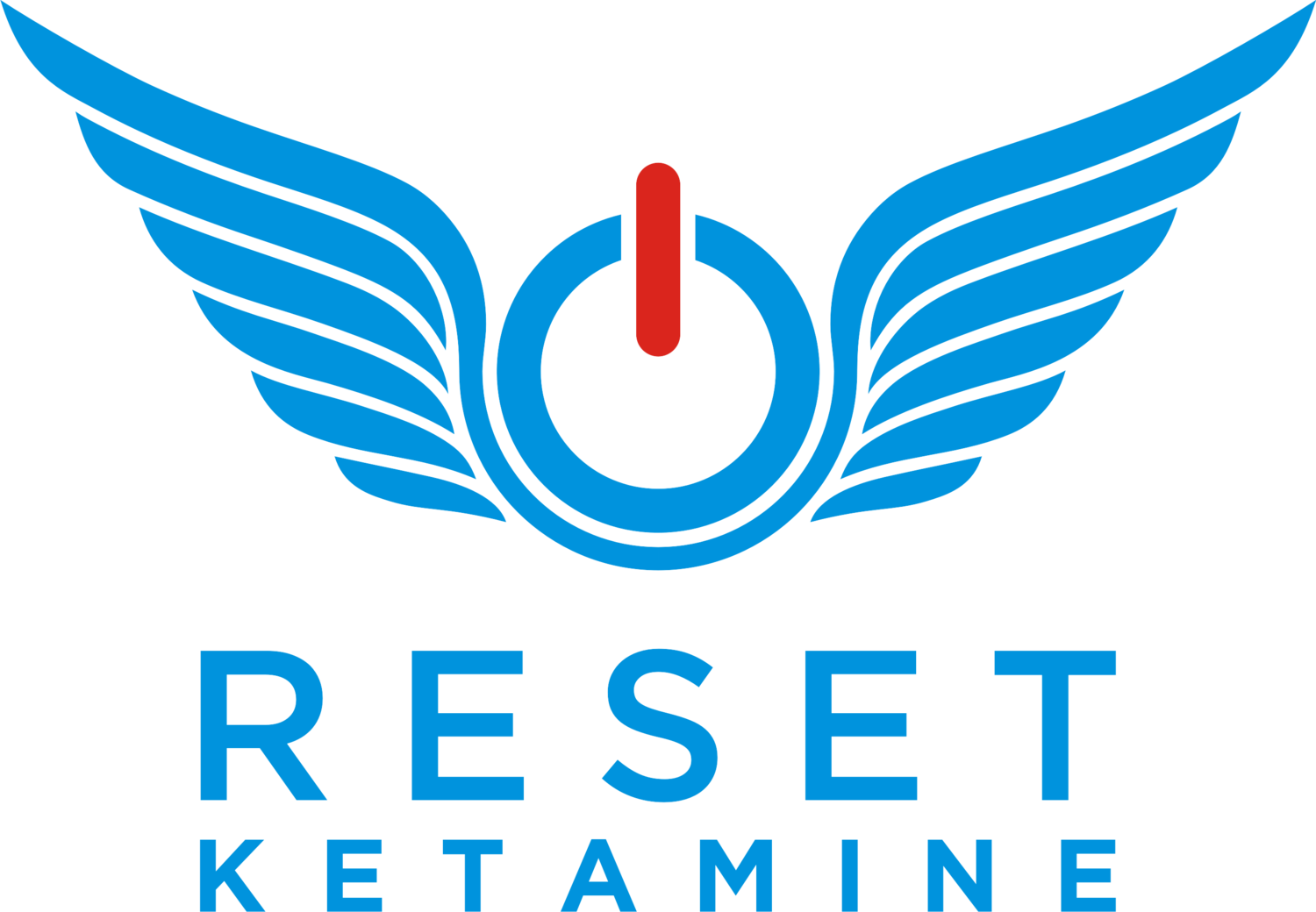You don’t have the time nor money to get infusions, or perhaps you are not ready...whatever your reason is, we get it. As much as we love educating about ketamine and providing ketamine infusions, we’d love a world so healthy that we wouldn’t need to be in business.
However, the reality is there are a lot of people hurting, and we are honored to help them. But back to you all who aren’t ready or don’t ever want to find themselves in a ketamine clinic - here are 6 strategies to help you avoid getting a ketamine infusions:




















